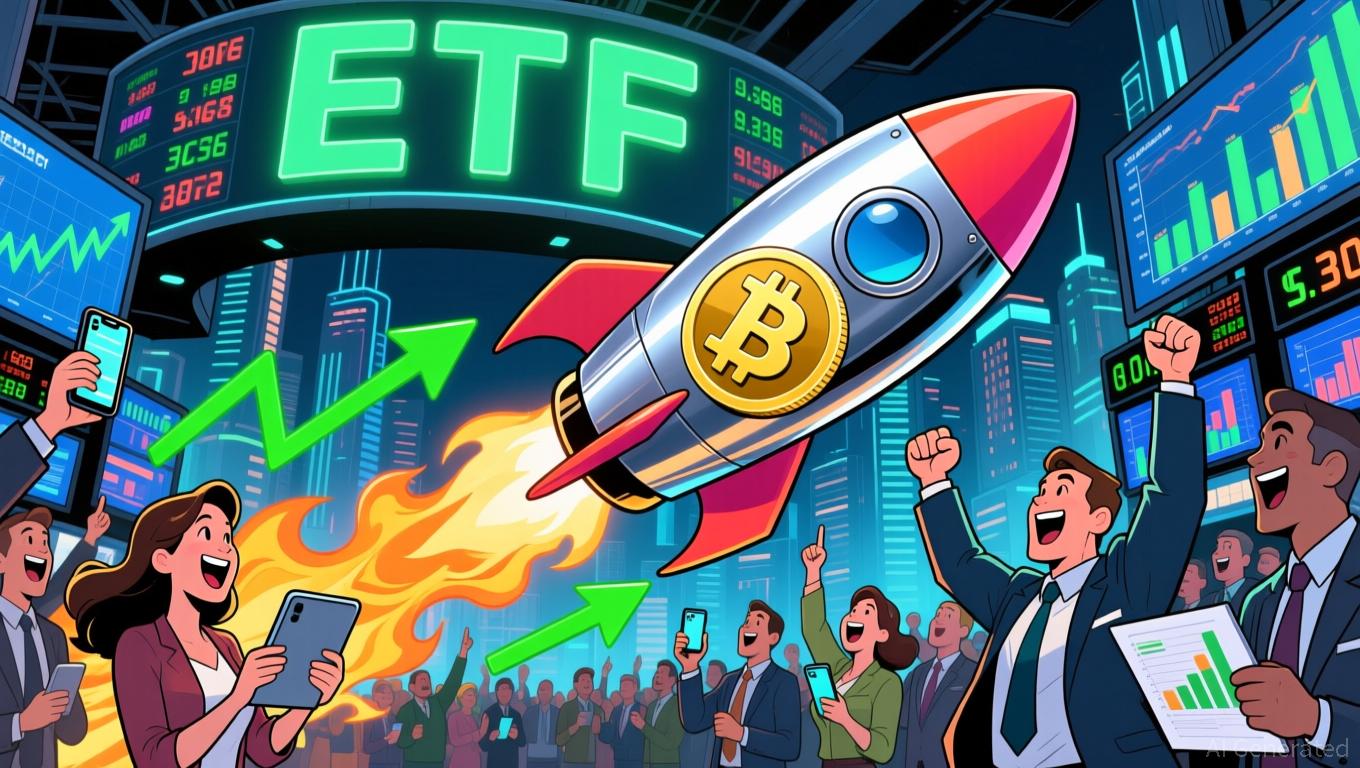Dogecoin (DOGE) saw a notable jump in both price and trading activity after the debut of the first spot
Dogecoin
exchange-traded fund (ETF) on the New York Stock Exchange. Grayscale's ETF, which started trading in late 2025, led to a 2.2% increase in DOGE's value within a single day, with trading volume hitting $1.5 billion—almost 7% of the coin’s total circulating value. This achievement represented a major turning point for the meme-inspired cryptocurrency, which now boasts a $22 billion market cap,
making it the ninth-largest digital asset worldwide
.
Shortly after the ETF's introduction, Bitwise revealed plans for its own
Dogecoin ETF
, reflecting increasing institutional interest in cryptocurrencies. These moves followed the end of a U.S. government shutdown that had previously stalled regulatory approvals for crypto products.
Grayscale’s early entry
has heightened competition in the sector, with experts suggesting that making the ETF accessible to American investors could further boost adoption.
Recent technical analysis of Dogecoin’s price shows important support and resistance points. The coin recently rebounded from a key support at $0.14 and is now challenging the top of a descending wedge formation.
Surpassing the $0.18 resistance
could open the door to $0.20, which would be a 33% increase from the current price. Some market watchers anticipate a possible climb to $0.28 by the end of the year, though these predictions rely on ongoing institutional interest and favorable market trends.
Even with these positive signals, Dogecoin still encounters fundamental obstacles. Unlike
Bitcoin
or
Ethereum
,
DOGE
has no supply cap, with 5 billion new tokens created each year. This inflationary approach, intended to keep transaction costs low and promote usage, makes long-term price growth more challenging. The coin’s use case remains mostly speculative,
with its value often swayed by social media buzz
and retail investor enthusiasm rather than broader economic factors.
Some critics believe Dogecoin’s limited real-world utility and lack of a formal governance structure restrict its potential as a reliable store of value or payment method. On the other hand, supporters point to its popularity for microtransactions and tipping, where its low fees and easy access attract a wide user base.
The introduction of these ETFs
could help close this gap by bringing institutional-grade liquidity to a market that has largely been driven by retail traders.
Looking forward, the fate of Dogecoin ETFs will depend on regulatory clarity and sustained interest from large investors. While the recent price rally shows growing optimism, the coin’s unlimited supply remains a significant uncertainty. As the digital asset market evolves, DOGE’s future will be shaped by its ability to meet changing investor needs and find practical uses beyond speculation.
